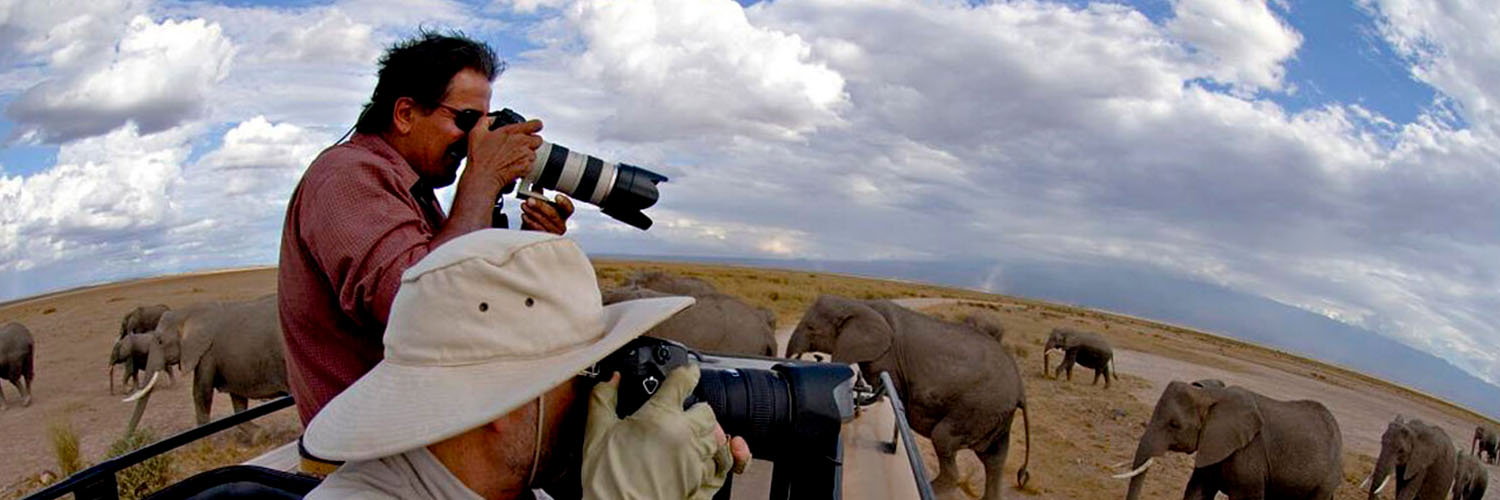Tanzania Photographic Safaris- Get the best guide
Do you love to snap photos of everything you explore during vacation? Tanzania holds a significant place in the list of photographer-friendly destinations. From pristine wilderness areas to snow-capped mountains, everything gets the attention of a photography enthusiast. So, if you dream of enjoying Tanzania Photographic Safaris, contact our professional guide. At Lights on Africa, we help you start your journey to explore the wild beauty of Tanzania. If you are new to photography, we have experts to provide a valuable learning experience.
Tanzania Photo Safari- Our guide goes beyond your expectations
What would you expect from our Photography Safari Tours in Tanzania? Let us briefly discuss the most amazing things you will enjoy during the tour.
A thrilling encounter with wildlife
Tanzania is known for providing the best wildlife photography opportunities. It has natural habitats for different wildlife species. You will find a large population of rhinoceros and lions. Get the chance to click your cameras when cheetahs are showcasing their speed or giraffes are towering over the grasslands. So, the Tanzania safari lets you freeze-frame the awesome beauty of the animal kingdom.
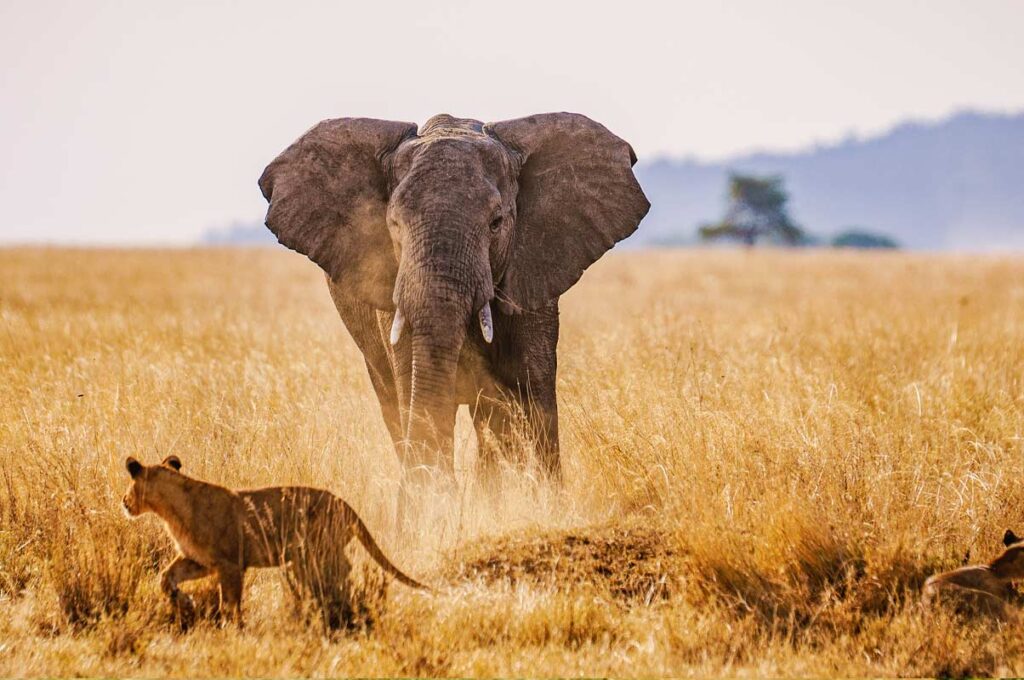
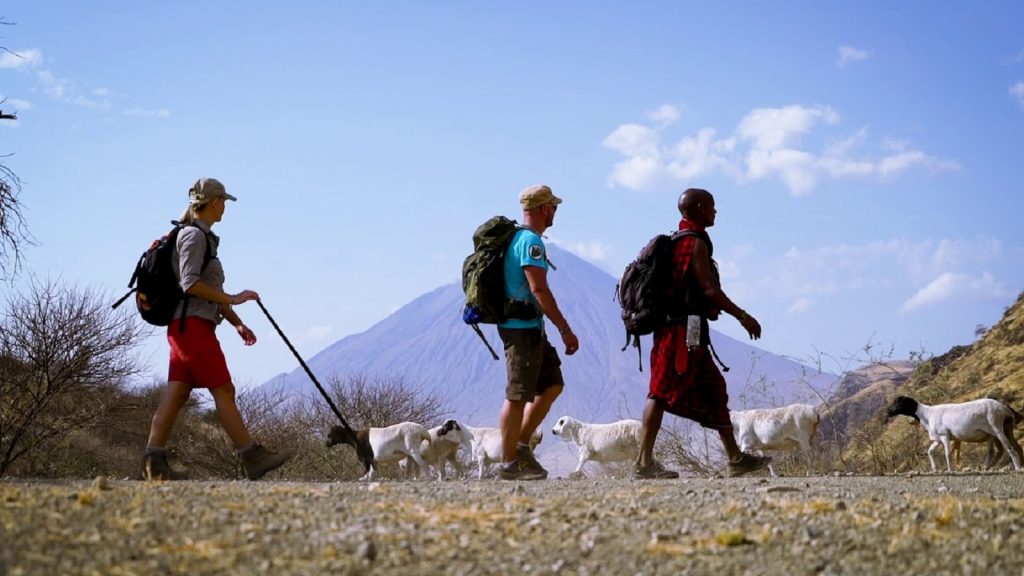
Off-the-beaten trails for adventures
Many photographers and travel enthusiasts like to have an intimate connection with untamed landscapes. Tanzania allows them to start a thrilling adventure to photograph African bush elephants in remote regions.
Off-the-beaten-path adventures in this African country also let you reconnect with Mother Nature at a deeper level. The remote areas provide excellent wildlife photography opportunities. You may also feel the solitude in the off-beat trails.
Top spots for photography in your Tanzania safari
Tanzania has different spots that allow you to snap the best photos of the wild animals.
Serengeti National Park
This Park has a vast golden plain with rock outcrops and acacia trees. It has several wildlife species ranging from lions to rhinos. You may also capture shots of sunsets and predator-prey actions.
Ngorongoro Crater
It is another good spot where photographers snap photos of steep crater walls. Lucky photographers get the chance to photograph endangered species.
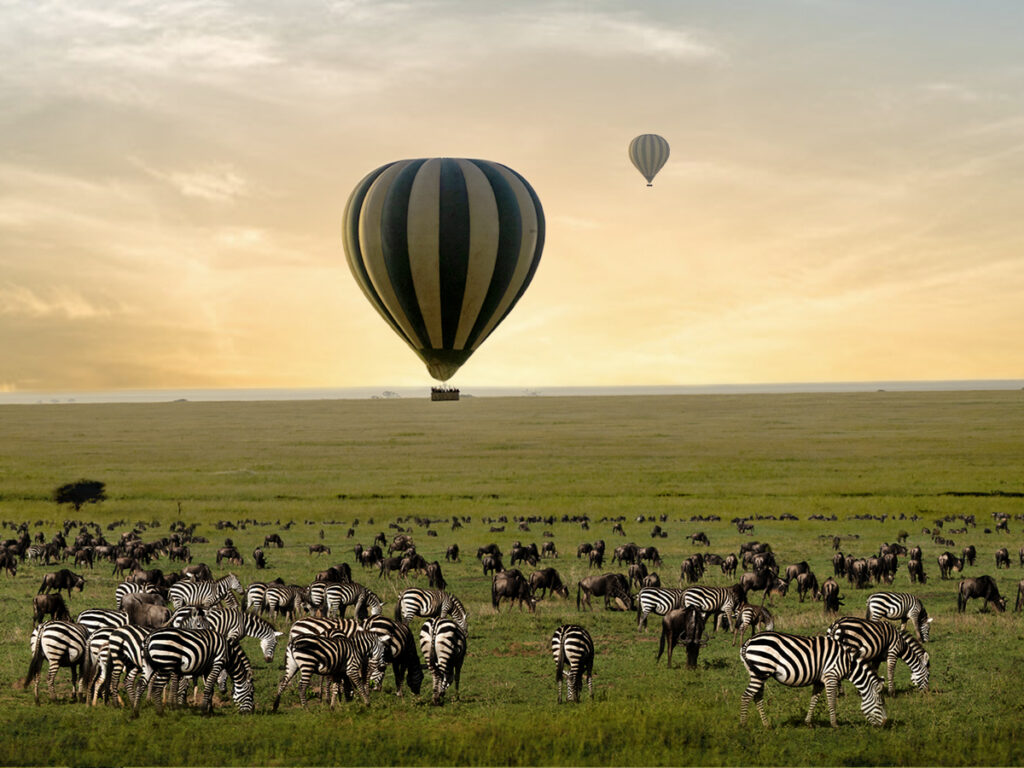
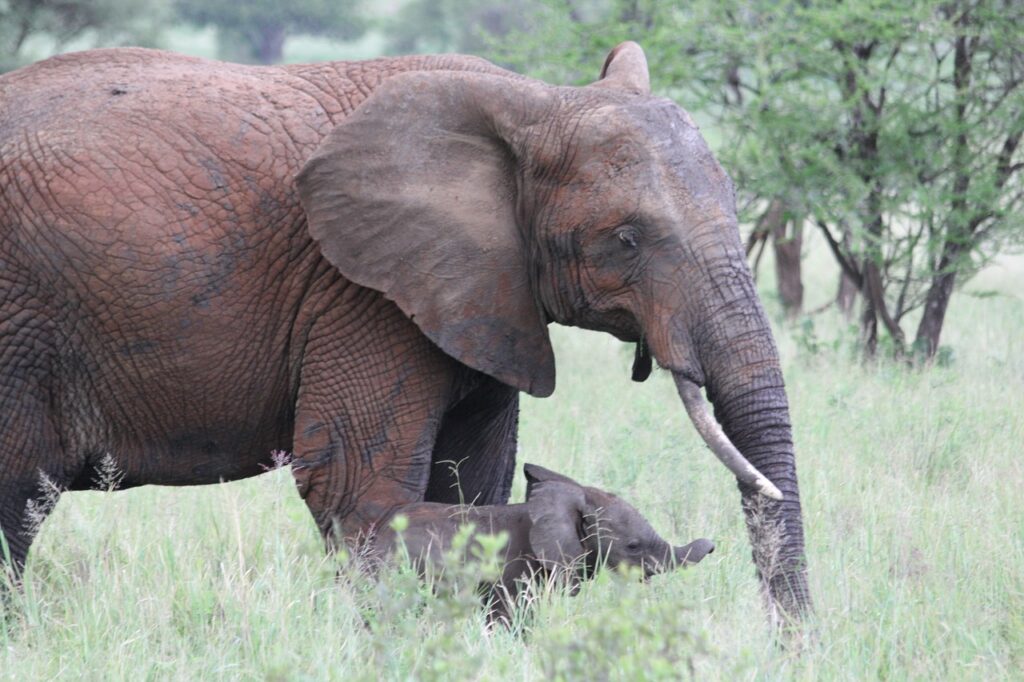
Tarangire National Park
The park has a mix of savannahs and woodlands. From large elephant herds to baobab trees, everything deserves a place in your photobook.
A Tanzania photo safari is perfect for wildlife lovers and photography enthusiasts. Make your camera ready for snapping clear photos of lush forests and wild creatures. Lights on Africa provides the best packages for your Tanzania tour.
Getting ready for a Photographic Safari in Tanzania?
Consult with our Tanzania tour guide and buy our package. We, at Lights on Africa, will personalize the trip and help you choose the destinations for your photography safari. You will get the ultimate African wildlife photography experience with our experts.
FAQ
Should I consider a self-drive or hire a safari guide in Tanzania?
If you want the best photographic experience, hire a qualified photographic guide in Tanzania. A professional, well-trained guide knows about the most attractive spots and the best times for snapping the photos. Your safari will be memorable with his assistance.
What is the duration of the Tanzania safari?
The safari duration depends on how many destinations and parks you want to visit. For instance, a 7-day tour lets you explore around 5 parks. To visit more than 5 Tanzania parks, your trip needs to be extended to about 14 days. Depending on your interests, the guide will tailor your tour.
Which is the best season for the photographic safari in Tanzania?
On January and March, you will find fewer crowds in Tanzania. However, for the best view of wildlife, July-October is the perfect time. However, many photographers look for photography opportunities during the rainy season.
Can I use drones for filming purposes?
In most Tanzania’s parks, you need special permits from the authority (such as, the Filming Board of Tanzania). It is better to avoid using drones in these areas.

